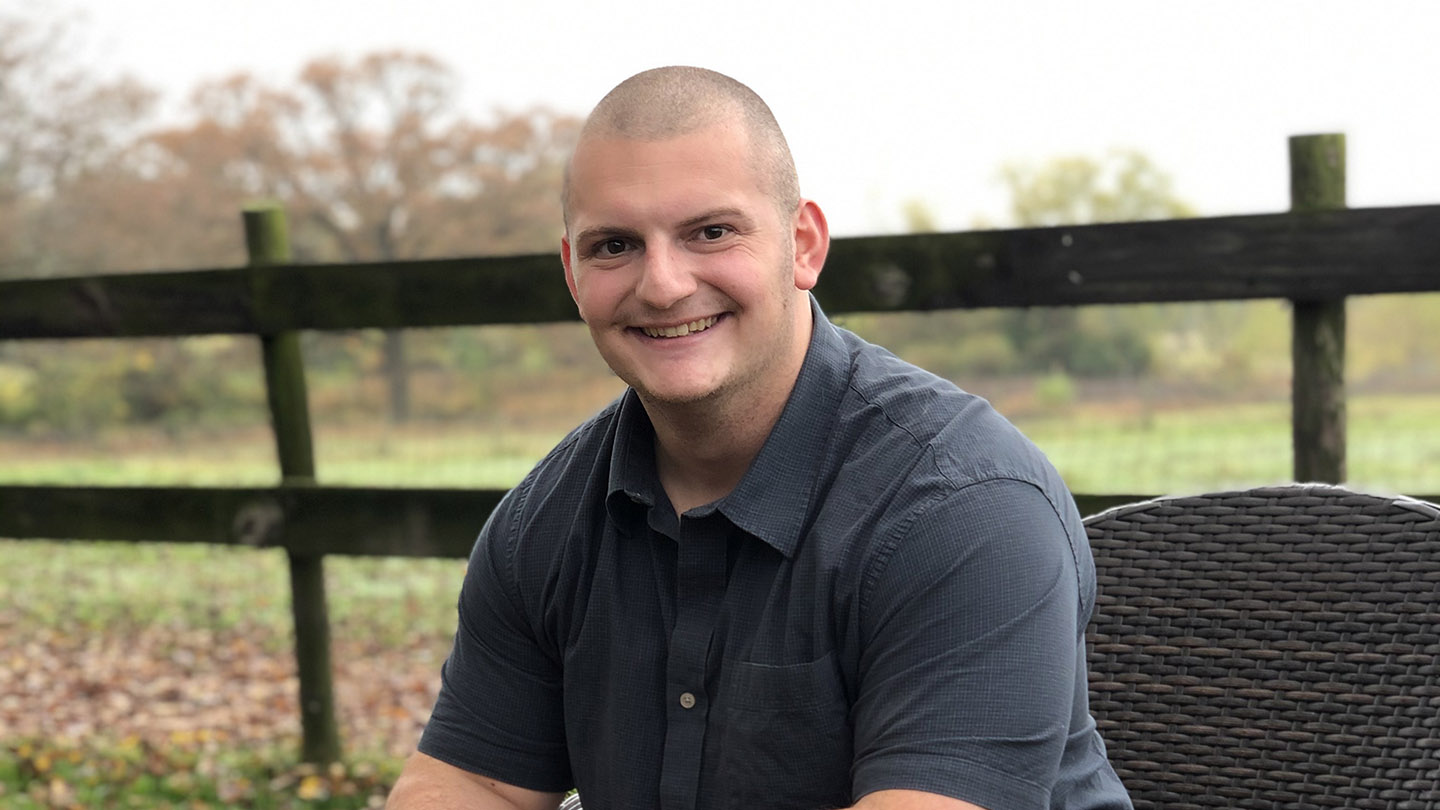Notice of Online Archive
This page is no longer being updated and remains online for informational and historical purposes only. The information is accurate as of the last page update.
For questions about page contents, contact the Communications Division.
Matthew Wierzbicki ’21, neuroscience
By Shannon Sigafoos
The setting: A First-Year Seminar (FYS) course on fear
The professor: Elaine Reynolds, professor of biology and neuroscience
The student: Matthew Wierzbicki ’21, who still remembers the first time he realized that the amygdala—the almond-sized mass in our brains responsible for experiencing emotions—was responsible for physiological changes. “The thought that the amygdala can set forth a chain of events that is associated with a human being experiencing fear was crazy, and continues to be mind-blowing to me,” he says.

Matthew Weirzbicki
Already drawn to neuroscience because of his sister’s experience with epilepsy, Wierzbicki formed a connection with Reynolds and has been working with her ever since on a research project where they give fruit flies seizures in order to see how it affects their ability to learn and remember.
The technique, called optogenetics, turns neurons on and off by shining specific wavelengths of light on them. “The thing that excites me most about the research is that the connection between seizures and memory is not fully understood in humans, and the work we do here with fruit flies can help make one little step forward in understanding that relationship,” says Wierzbicki. “Prof. Reynolds is a walking encyclopedia for the use of fruit flies as a model for epilepsy and has helped me learn everything from the very basics of the nervous system to cutting-edge techniques in neuroscience.”
An EMT since his junior year of high school, volunteering in that capacity during the COVID-19 era has only heightened Wierzbicki’s interest in medicine, and he has begun the process of applying to medical school. He also has worked with other Lafayette students to file the application that would hopefully begin a Lafayette chapter of Nu Rho Psi, the National Honor Society in Neuroscience.
“Neuroscience as a field is relatively young, dynamic, and multidisciplinary, which makes for a ton of opportunities for novel and exciting research,” Wierzbicki says. “To me the coolest part of neuroscience is how it can explain problems that some people live with every single day, and I feel that research in the field has tremendous potential to positively impact millions of people.”
Read about other STEM Stars.
